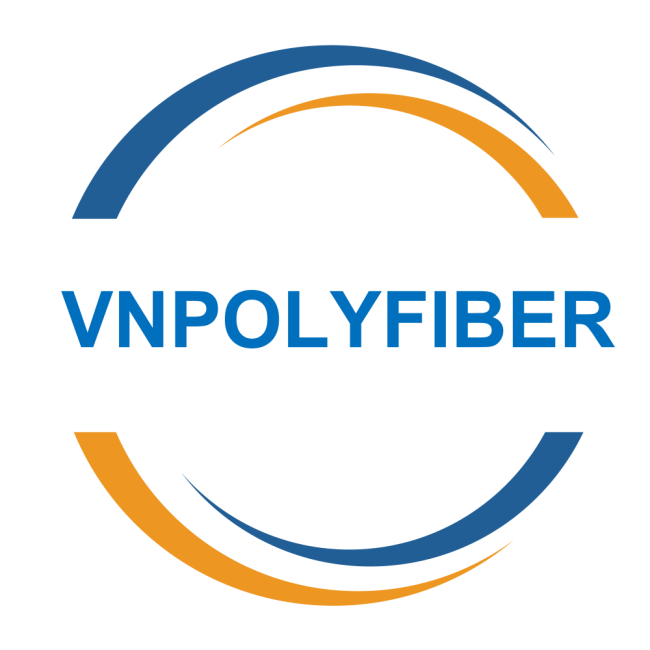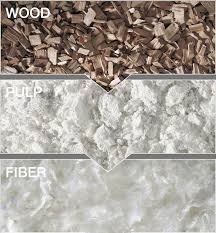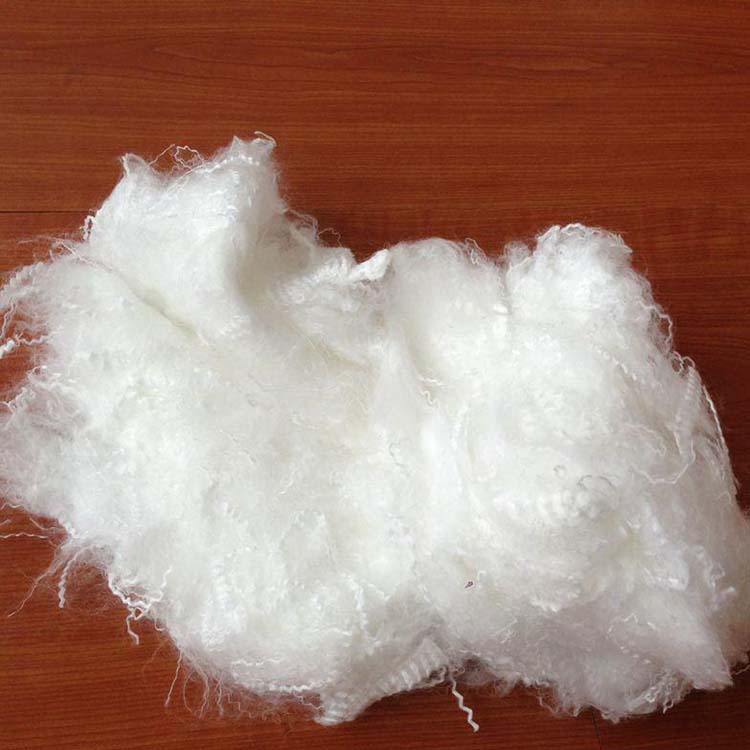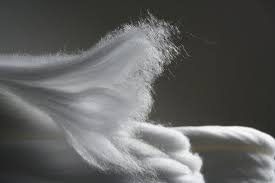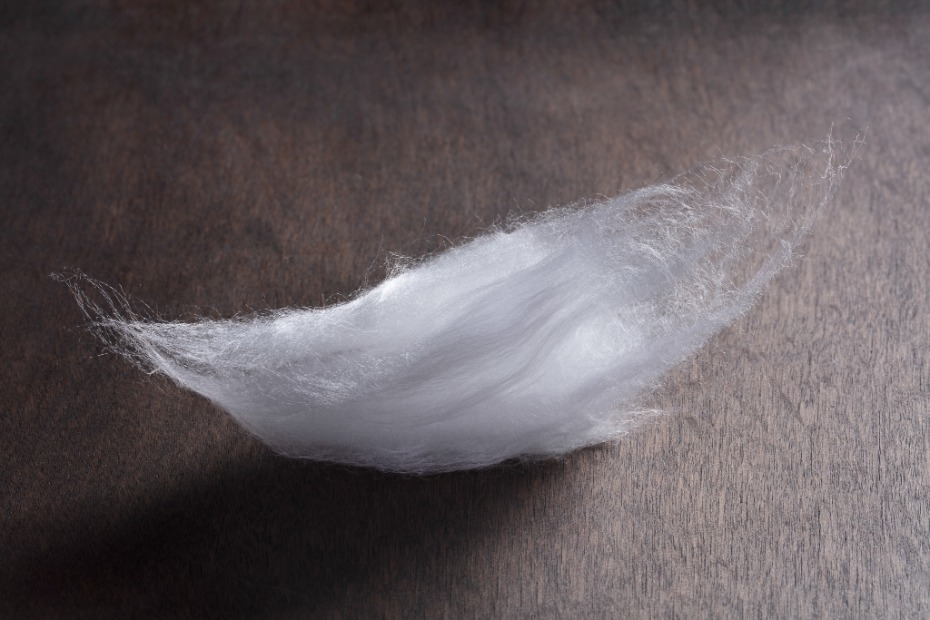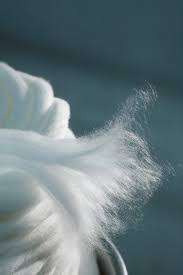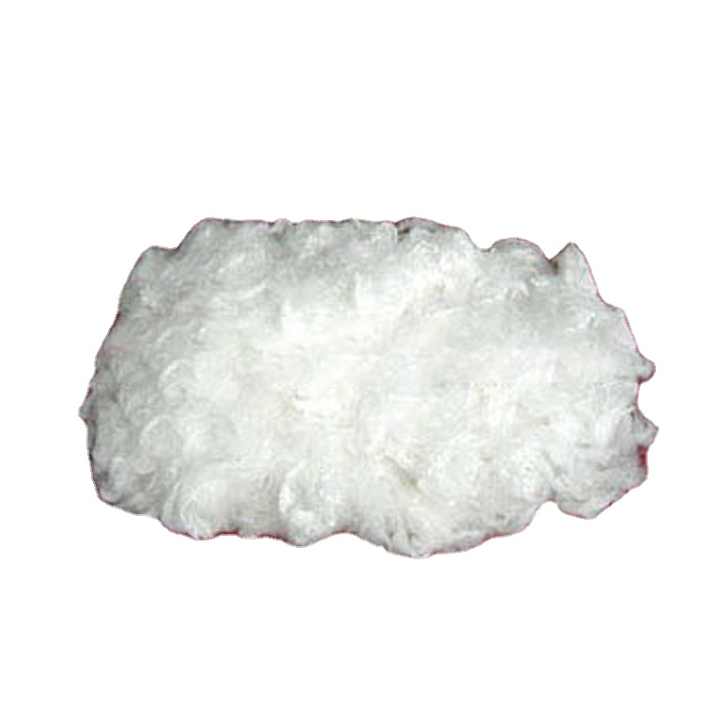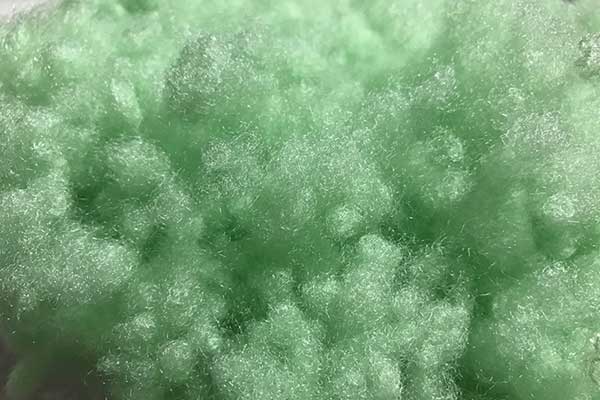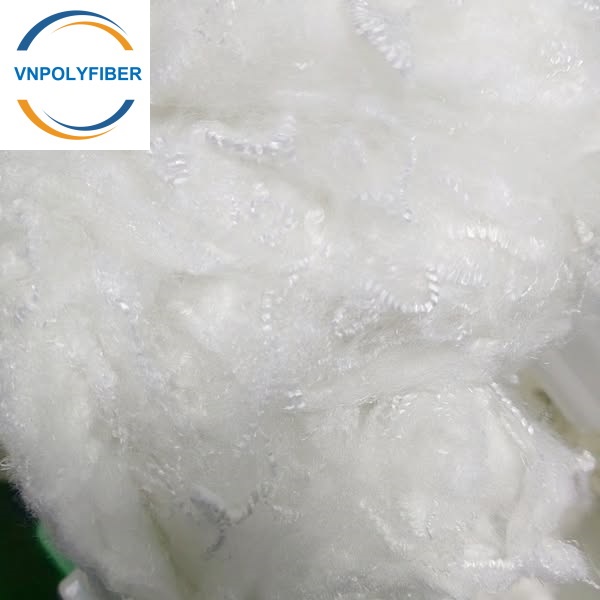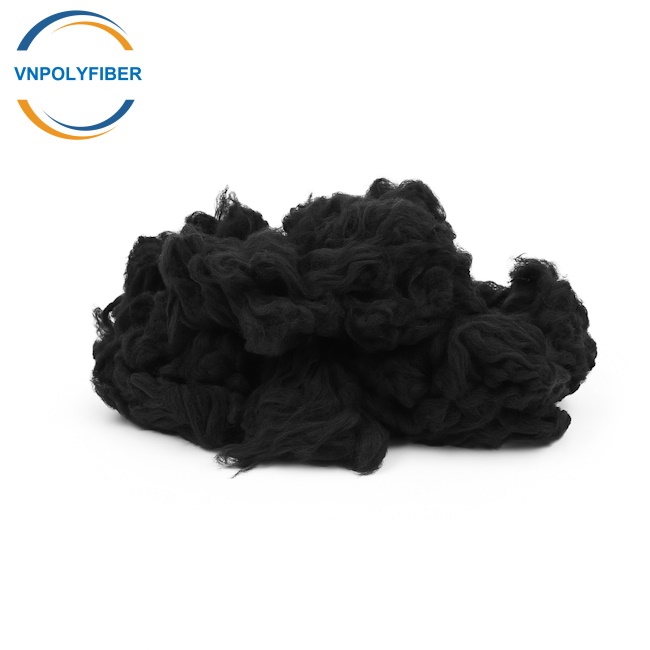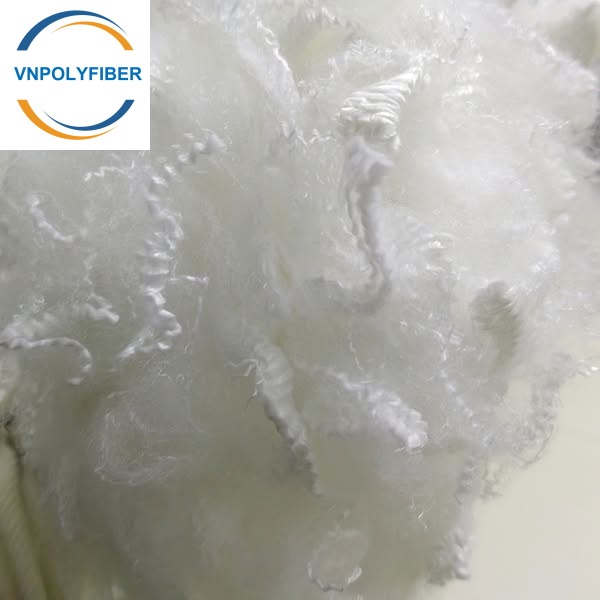What is Modal Fiber?
- Modal fiber is a type of cellulosic fiber derived from beech tree pulp.
- It falls under the category of regenerated fibers, meaning it is produced by dissolving wood pulp and then extruding it into fibers.
- Modal is similar to other cellulosic fibers like viscose rayon and lyocell (Tencel), but it has some distinct characteristics that set it apart.
PRODUCT DETAIL
What is Modal Fiber?
Modal is classified as the second generation of viscose and is derived from beech wood. Unlike cotton, beech requires no irrigation or extensive cultivation, making it a natural and sustainable resource. The resulting Modal fabric is soft, biodegradable, and exhibits high wet strength.
Modal fiber is a type of cellulosic fiber derived from beech tree pulp.
It falls under the category of regenerated fibers, meaning it is produced by dissolving wood pulp and then extruding it into fibers.
Modal, another type of rayon using beech trees with a similar process to viscose. The company Lenzing, selling modal under Lenzing Modal® only uses trees from sustainably harvested forests (PEFC certified) and employs an eco-friendly bleaching method. However modal is produced by many other manufacturers who don’t necessarily use sustainable processes.
Modal is sometimes referred to as a second-generation cellulosic fiber, improving on traditional viscose both in its performance as a fabric and its record on sustainability.
Modal is similar to other cellulosic fibers like viscose rayon and lyocell (Tencel), but it has some distinct characteristics that set it apart.
Modal maintains its shape and appearance even after numerous washes, resulting in soft, breathable garments. Clothing made from modal denim feels significantly softer compared to rayon.
Market Presence & Future Trends of Modal Fiber
Modal is a generic concept that was first developed in Japan in 1951. By 1964, the Austrian viscose fiber producer Lenzing had launched its Modal brand, which is still today one of the best-known fibers on the market. Modal currently accounts for 3 percent of all cellulosic production.
Modal fiber is produced from beechwood pulp. Lenzing sources more than half their supply from Austria and the remainder from neighboring countries, all said to be sustainable plantations. Birla, another leading modal producer based in India, also makes clear that it sources sustainably from Canada and Sweden.
Manufacturing & Sustainability Concerns of Modal Fiber
Modal fiber, also known as Natural Green Fiber, is a sustainable material sourced from nature that boasts numerous advantageous qualities. Comprised of plant-derived cellulose, this fiber is free from chemical additives and synthetic components, rendering it biodegradable and environmentally sustainable. Notably, it poses no risk to human health or the environment.
Prominently, natural green fibers exhibit exceptional moisture absorption and breathability, effectively managing moisture levels to sustain a comfortable sensation. Its innate softness and moderate elasticity render it highly suitable for incorporation in textile and garment production, offering wearers a pleasing experience.
Furthermore, natural green fiber showcases commendable antibacterial properties and anti-odor capabilities. By impeding the proliferation of bacteria and fungi, it diminishes unpleasant odors, ensuring garments remain fresh and hygienic.
Not all modal producers are so transparent about their sources and green campaigners allege that some are felling rainforest in Indonesia to plant feedstock for the modal. Campaigners believe that many modal garments made in China will contain modal fiber sourced from Indonesia. According to Textile Exchange, only about 2.5 percent of modal uses stock from certified sustainably managed forests.
Generic modal production uses the same methods and chemicals as viscose production – carbon disulfide, sodium hydroxide, and sulphuric acid (all known toxins to human health and the environment). Up to 70 percent of the chemicals and water are recycled in a semi-closed process, whereas none is recycled in viscose production.
Lenzing has improved on the generic modal process. Its Modal is produced via a closed-loop process that recovers up to 95 percent of production materials, reducing its carbon and water footprint. This more environmentally friendly system is not commercially available to other producers. Birla says that its system also re-uses all by-products from closed-loop bleaching processes.
Technical Parameter
Key Benefits of Modal Fiber
Softness: Modal is known for its exceptional softness, often described as silky or luxurious. This makes it a popular choice for clothing and textiles where comfort is a priority.
Breathability: Modal fiber has excellent moisture-wicking properties, allowing it to absorb moisture and release it quickly. This makes it a comfortable option for activewear, underwear, and other garments worn close to the skin.
Softness and breathability are the key attributes of modal, making it a go-to choice for use in lingerie, base layers, and activewear. Modal has a higher wet strength’ than conventional viscose, meaning that it won’t shrink or lose its shape during washing. It is also up to 50 percent more absorbent than cotton per unit volume. This is a regenerated cellulosic fiber that has found fame in the age of activewear. Breathable and absorbent, this cotton alternative is used to manufacture underwear, pajamas, bathrobes, bedsheets, and more. It has better dimensional stability than other viscose fibers
Durability: Despite its softness, modal fiber is quite durable and has good tensile strength. It can withstand repeated washing and wear, making it suitable for everyday clothing and linens.
Color retention: Modal has excellent dye affinity, resulting in vibrant and long-lasting colors. Garments made from modal fiber tend to retain their color well over time.
Modal fiber dyes and retains color well, and can be blended with all types of fibers – cotton, wool, silk, synthetics, and bast fibers. It can be mercerized for added strength and luster. Modal is also biodegradable.
Eco-friendly: Modal is derived from renewable beech wood, and its production process is generally considered to be more environmentally friendly than that of conventional cotton. Additionally, some modal fibers are produced using closed-loop manufacturing processes that recycle water and solvents.
Modal fiber is used in a wide range of applications, including clothing (such as shirts, dresses, and underwear), bedding, towels, and home textiles. Its combination of softness, breathability, and sustainability has made it a popular choice among both consumers and manufacturers in the textile industry.
Video
FAQ
1. What do you offer?
We produce recycled hollow conjugated siliconized and non-siliconized polyester staple fiber mainly.
We also supply home textile machineries and products at factory origin and its price.
2. What is it used for?
Our fiber is widely used in filling, non-woven fabric, spinning, bedding stuff, home textile, automotive interiors…
3. Are you a factory or a trading company?
We are a factory specialized in polyester staple fiber for many years but now we also have our own professional trading company. We will source many types of textile products such as yarn, PP fibers from others to supply our own customers as well. We also provide our own customers with other related products such as: Foam, Pillows, Cushions, Toys, Down/ Feather,…
4. Where is your factory location?
Our factory locates in the north and the south of Vietnam. You can visit us from Ho Chi Minh City and Hanoi City, Vietnam. You could contact our salesman to fetch you if visiting.
5. Can you accept free sample?
Yes, the hand sample is free when not exceed 1 kilograms. Upon price confirmation, we will provide a sample within 2-3 days; the freight cost will be charged to client.
6. Can you provide ODM service?
Yes, we work on ODM orders. Which means size, material, quantity, design, packing solution, etc, will depend on your requests, and your logo will be customized on our products.
7. How about your quality? What’s the minimum order Quantity (MOQ)?
Please try a trial order, you will know it. The MOQ is 23,000 Kilograms/order, but the price will be lower if you order bulk volume.
8. Can I mix different items in one order?
Sure, you can mix any products we can provide.
9. How can you guarantee the product quality?
We have experienced QC team. We control not only productive process but also raw material. In addition, we have different kinds of testing instrument to help us guarantee the product quality.
10. What’s the payment terms?
L/C at sight, 30% TT in advance are mostly accepted; other terms shall be negotiable by both sides
For more information, please feel free to contact :
Mr. Tony Tan
Mobile number: +84 90 466 5251 (Whatsapp/Wechat/Viber/Signal)
